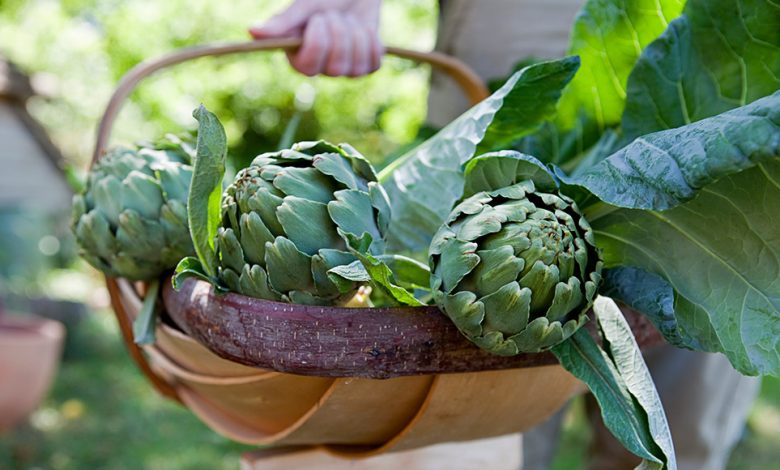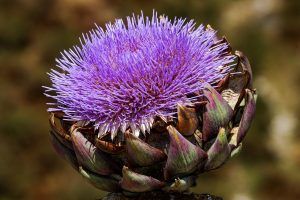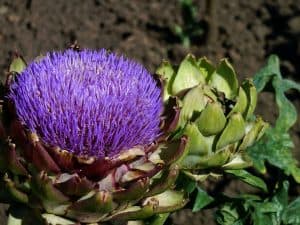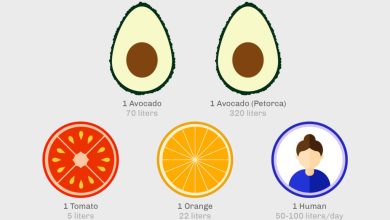How often and how to water my artichokes?

 Artichoke crops are very popular in Spain because they have the most ideal climatic conditions.
Artichoke crops are very popular in Spain because they have the most ideal climatic conditions.
Applying the correct care will be the surest way to obtain an extraordinary harvest.
The irrigation of the artichoke is a fundamental step in this whole process because it will be adaptable depending on the stage in which the crop is.
Now, how are these stages defined, how often do you have to water and what are the problems associated with irrigation? We will see all of this below.
Important points when watering an artichoke:
- Irrigation frequency: daily or every two days depending on the conditions of the crop at the time of production. When not productive, they can be applied every 4 days.
- Irrigation method: drip preferably. It is also possible to apply sprinkling or blanket irrigation instead.
- Optimum time of day for irrigation: preferably in the morning.
- Identify excess water: very prone to root rot.
- Identify lack of water: poor quality artichokes, defoliation, death of the plant because it does not tolerate drought.
What irrigation needs does the artichoke have?
The humidity in the substrate is a condition that the artichoke requires during its growth stage. For this reason, frequent watering is necessary. This means that the risks are not care that must be set aside or managed according to their own criteria, but must respond to a work scheme.

In addition to that, great care must be taken to avoid flooding, so irrigation must be worked as a perfect pair of frequency and amount of water.
How can we detect the lack of irrigation in the artichoke?
 The artichokes that did not receive enough water during the formation and growth process will be affected in the quality of their fruits.
The artichokes that did not receive enough water during the formation and growth process will be affected in the quality of their fruits.
Defoliation will also say present and will begin to manifest from the youngest leaves to the oldest.
If water stress is still not checked and attacked, the plant will end up dying in a relatively short time as it does not tolerate drought. When it is still possible to solve this situation, it is necessary to apply a deep and slow irrigation.
This will allow the soil to absorb the liquid little by little and to reach the roots, which are the ones that will have to do the transport work. The irrigations that follow must maintain the same irrigation structure established for the time of plant development.
How often should we water the artichoke?
The frequency of irrigation will be determined by the stage of cultivation in which the artichoke is found.The growing season will be the most demanding of all, and irrigation can be established day by day or every two days depending on the conditions of the crop itself.

However, this does not exempt the soil from being slightly moist at the time of sowing, since a deficit could harm the rooting of the specimen.In times when the plant is not fully productive, watering could be spaced to one every 4 days, approximately.
What is the best way to water the artichoke?
The artichoke accepts different irrigation methods, such as blanket, sprinkler or drip.Each one has benefits for crops that are usable from different perspectives.

However, drip irrigation is the one that offers the best characteristics for several reasons:

- It helps the water reach the crop directly with more efficiency than other methods.
- It covers the entire area where the installation system is, and may have a better range.
- Avoid humidity on the foliage, flowers and fruits, thus reducing the chances of fungus appearing, as well as the risk of sunburn.
- Promotes faster crop growth, without structural problems.
- It facilitates the implementation of localized fertilization, reducing the loss that is frequent in other forms of irrigation applied to the artichoke.
How do we detect excess water in the artichoke?
An artichoke plant that is subjected to excessive watering can develop root rot, as they are very prone to this condition.The lack of vigor in the plant and fruits, as well as in the stems, would be another factor to consider as excess irrigation water.
Allowing the substrate to dry out a bit before watering again will be the only solution. To avoid these problems, professional growers of this species advise the use of moisture meters.

In this way, it will be much easier to detect any deficit or excess that is manifesting. Also take into account that the water with which you provide irrigation will have an impact level, so choose better those that are low in salts.
With a good artichoke irrigation system and the use of the rest of the care, your harvest will be worthy of applause.
Bibliographic references
- [PDF] Irrigation in artichoke cultivation, R Marquez, C Balboltin – Bulletin INIA-Research Institute …, 2018 – library.inia.cl
- RESPONSE OF THE ARTICHOKE CROP MULTIPLIED BY SEED TO DIFFERENT DOSES OF IRRIGATION, C Baixauli, JM Aguilar, A Giner, I Nájera… – … OF IRRIGATION. Valencia…, 2015 – riunet.upv.es
- Comparison between nitrogen levels and application frequencies in the yield of artichoke cv. Imperial Star, under drip irrigation, SP De la Torre Barboza – 2015 – repository.lamolina.edu.pe
- [BOOK] Artichoke cultivation: seed varieties, RG Ortega – 1999 – mapa.gob.es
Maybe you are also interested in:

![Photo of Transplanting Plants in [15 Steps]: How, When and Where to Do It](https://www.complete-gardening.com/wp-content/uploads/2022/08/transplanting-plants-in-15-steps-how-when-and-where-to-do-it-390x220.png)


![Photo of Plant Snapdragon in your Garden: [Guide + Steps to Follow]](https://www.complete-gardening.com/wp-content/uploads/2022/08/plant-snapdragon-in-your-garden-guide-steps-to-follow-390x220.png)